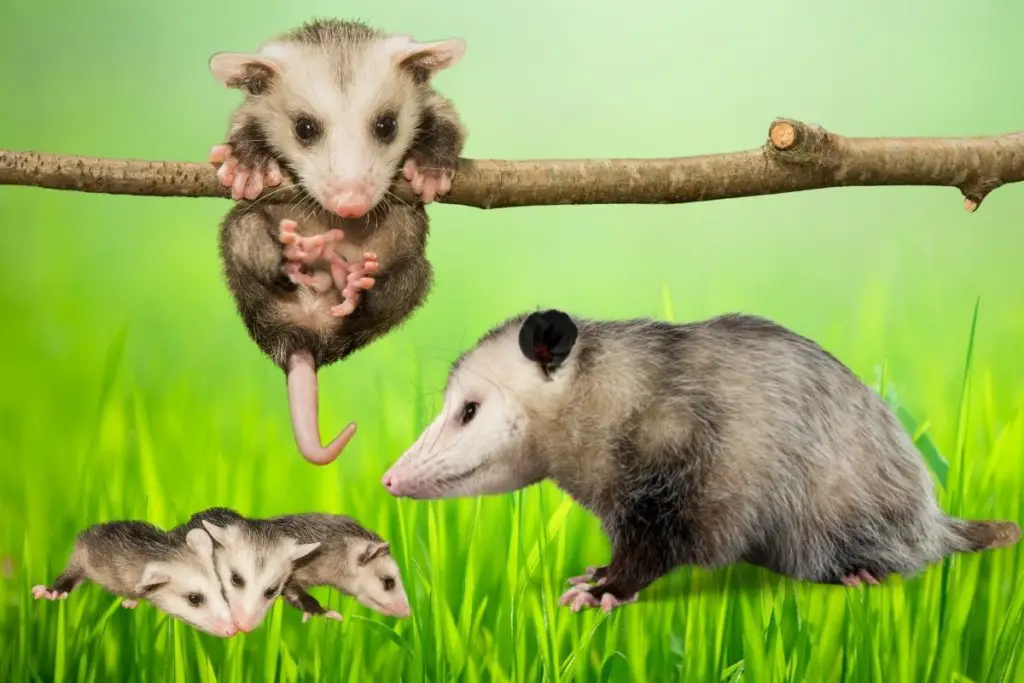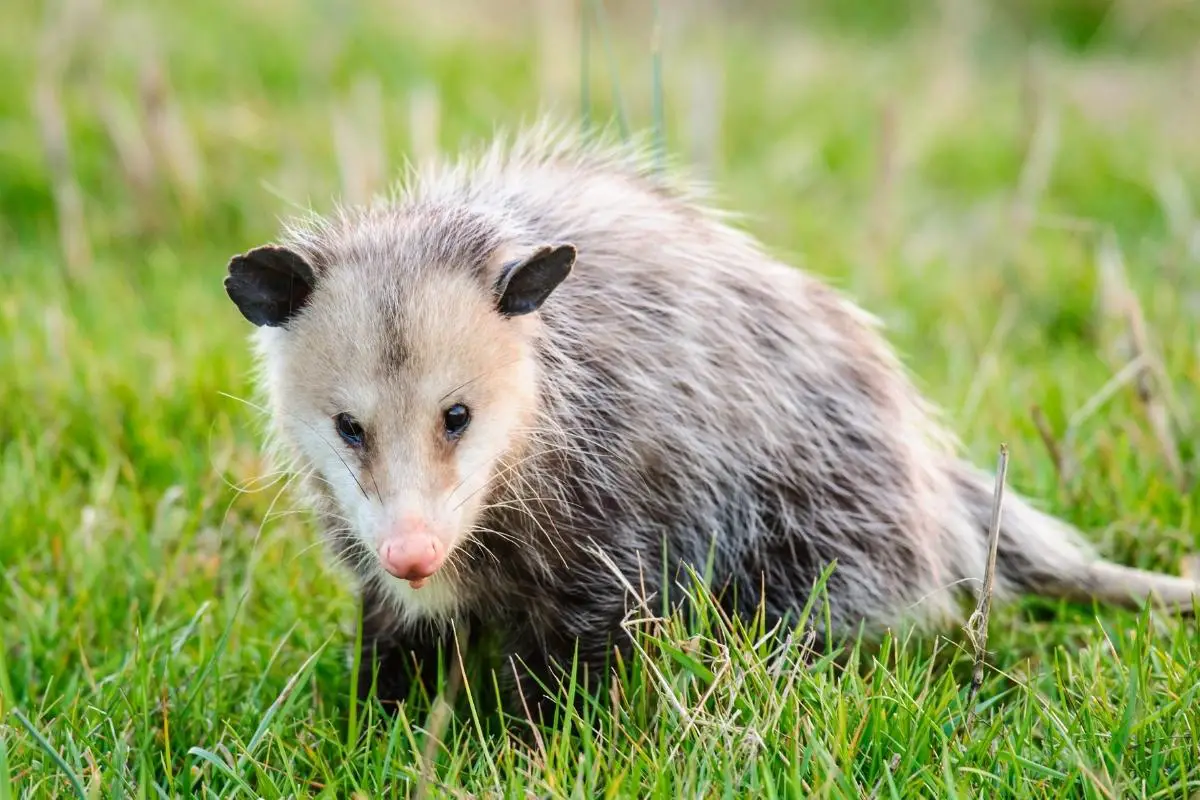Opossums have a lot of dangerous predators that pose a major threat to their lifestyle in the wilderness. These threats have a major impact on the overall life expectancy for an opossum, but other factors can also contribute to how long they live.
Opossums live for approximately 1-3 years in the wilderness, which is much shorter than many other small animals that share a similar lifestyle. Predators and health issues are the most common factors that lead towards such a short lifespan for opossums. The majority of opossums do not make it much longer than the first year.
We are going to shift our focus towards the different stages of life that an opossum may experience in the wilderness. In addition, you’ll also have the opportunity to learn about when opossums reach their age of maturity and how long they stay with their mother before departing to be on their own.
Different Stages of Life | Opossum
Opossums don’t have a very long life expectancy in the wilderness. This means that they need to maximize every day of their life by securing shelter and food sources regularly, to stay alive. We’ll be covering each stage of life for opossums, starting with the first three months and then transitioning to their later stages of life.
First Three Months (After Birth)
Opossums stay within their mother’s pouch for approximately three months. During this time, they are completely dependent on their mother for food and protection.
After leaving the pouch, baby opossums remain with their mother for a few additional months until they become independent. Before they become independent, they must trust their mother to get them food and to protect them.
Age of Maturity
Opossums don’t reach the age of maturity until about seven months after birth. It’s usually a little bit longer for male opossums and shorter for female opossums but ultimately it varies for each individual opossum.
As winter concludes, opossums can start breeding for mating season. This is the time of the year when new opossums that have just reached the age of maturity may reproduce for the first time.
Later Stages of Life
After opossums have been alive for a couple of years, they are likely in their later stages of life. The longest an opossum usually lives in the wilderness is about four years. In most cases, opossums live much shorter lives due to health issues or predators.
Even in their later stages of life, opossums continue to live within their shelter (nest or den) to sleep during the daytime hours and come out at night to find food supplies. This process repeats nearly every day for opossums. Except for some days in the winter, when it is simply too cold or hazardous to emerge from the nest. Opossums don’t hibernate but they scale down their activity during these instances.
If an opossum is forced to live in captivity or some other protected environment, it can live a longer healthier life. It’s unlikely that an opossum would live for more than a decade, even in optimal conditions.

What Do Opossums Die From?
Opossums have to survive multiple dangers in the wild. These include bad weather, predation, and accidental injury. Their poor eyesight contributes to many accidental injuries. In the wild, there are no doctors. If an opossum breaks its leg, it will most likely die.
This is also the fate of most animals in the wild. If they do not die from the injury, the injury may still shorten their lives later, when they cannot move around well enough to hunt and forage for food.
Which Types of Predators Hunt For Opossums?
Opossums have to deal with a lot of predators in the wilderness, which is one of the main reasons that they struggle to survive for longer periods. Domestic cats and dogs can pose a major threat to opossums. Other animals that might pose a threat to opossums include birds, foxes, coyotes, wolves, and even bobcats. Source.
To stay away from other predators, the nocturnal nature of opossums allows them to remain stealthy in the middle of the night, as they struggle to survive with poor vision compared to other animals in the wilderness. The darkness of the night serves as an equalizer that is much needed for opossums.
Many of the predators that pose a threat to opossums are not roaming the wilderness during the dark hours of the night. This is another reason that it’s much safer for opossums to roam around at night instead of during the day when the sun is out.
See our article for Nocturnal Opossums here.
How Can you Tell How Old a Possum Is?
The main reason someone would want to know the age of an opossum is to see if it is a baby/kit or not. Since opossums are small animals, the size of an adult is not that much larger than a kit. At around 60 days, their eyes open. If the opossum’s eyes are closed, then it is most likely younger than 3 months old.
Another option is to take the opossum to a veterinarian that has a history of treating opossums. They will most likely be able to help you find out how old the opossum is. You can also look for certain behaviors.
If an opossum is displaying mating behavior, then chances are it is at least 1 year old, since they start mating just after one year.
Related Questions | Opossums
Why is the opossum lifespan so short?
The main reason is that opossums reach adult age after only a year and eventually an opossum will be attacked by one of its many predators during a normal night in the wilderness. Opossums face a ton of disadvantages in the wilderness because of their small size. Many opossums face a horrific destiny of being food for another animal.
Are opossums an endangered species? Opossums face no immediate danger of going extinct. They have a large population that has slowly been declining for a collection of different reasons. There is no immediate concern that opossums would eventually go extinct and their numbers are currently considered stable. Source.
- The Role of Religion and Spirituality in Pet Bereavement - November 12, 2024
- How to Explain Pet Loss to a Senior Loved One - November 6, 2024
- Exploring Different Ways to Bury or Cremate Your Pet - November 6, 2024

